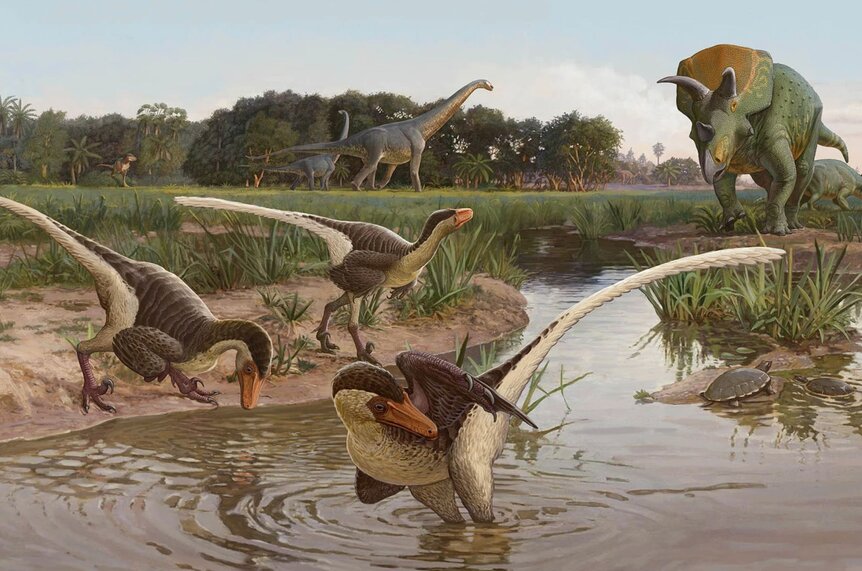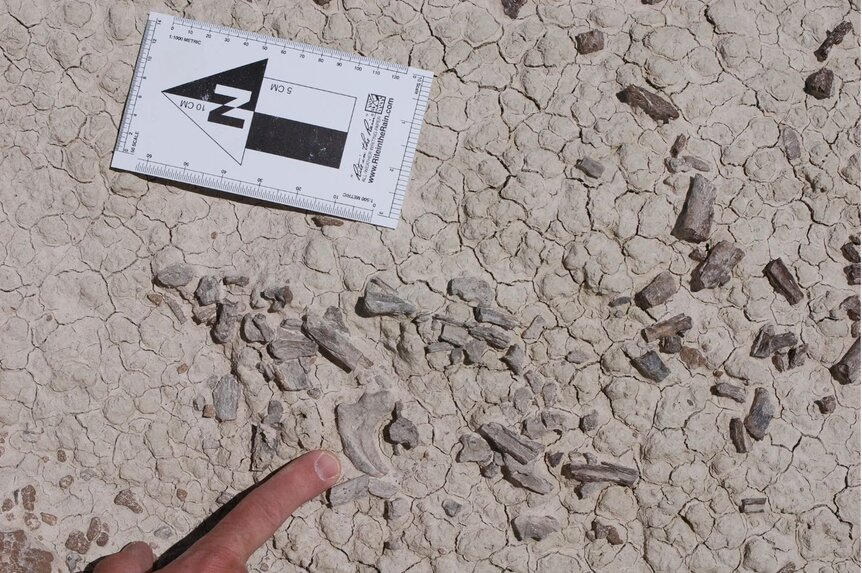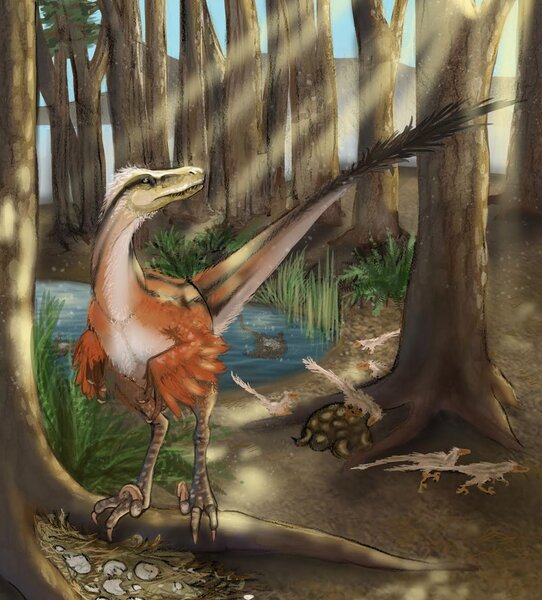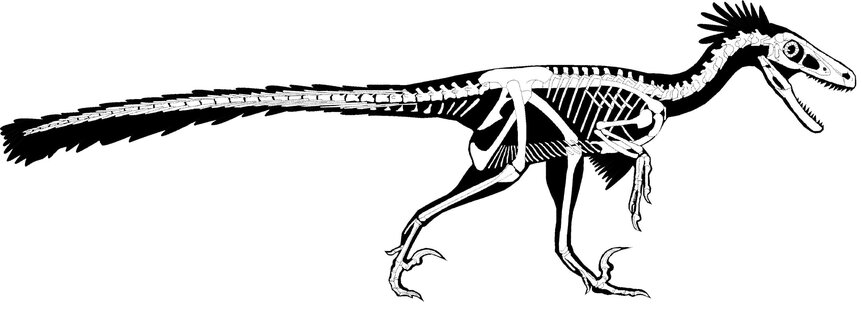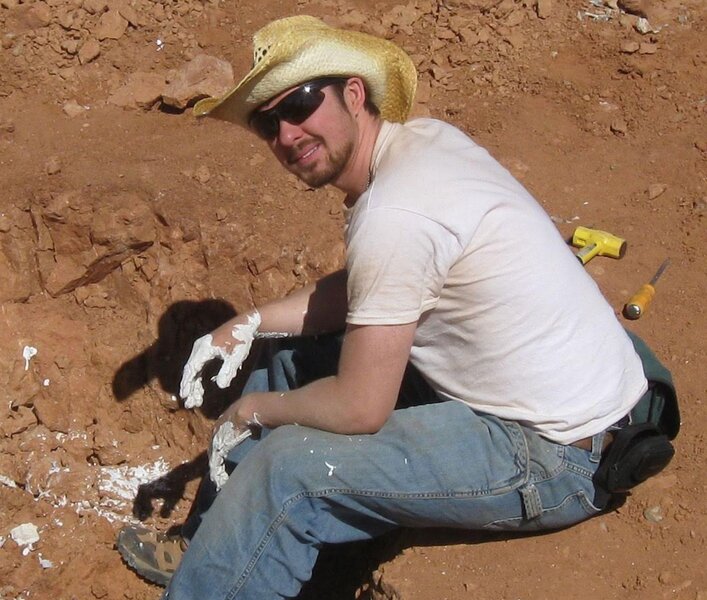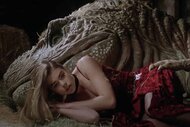Create a free profile to get unlimited access to exclusive videos, sweepstakes, and more!
Rare new species of feathered raptor unearthed in New Mexico
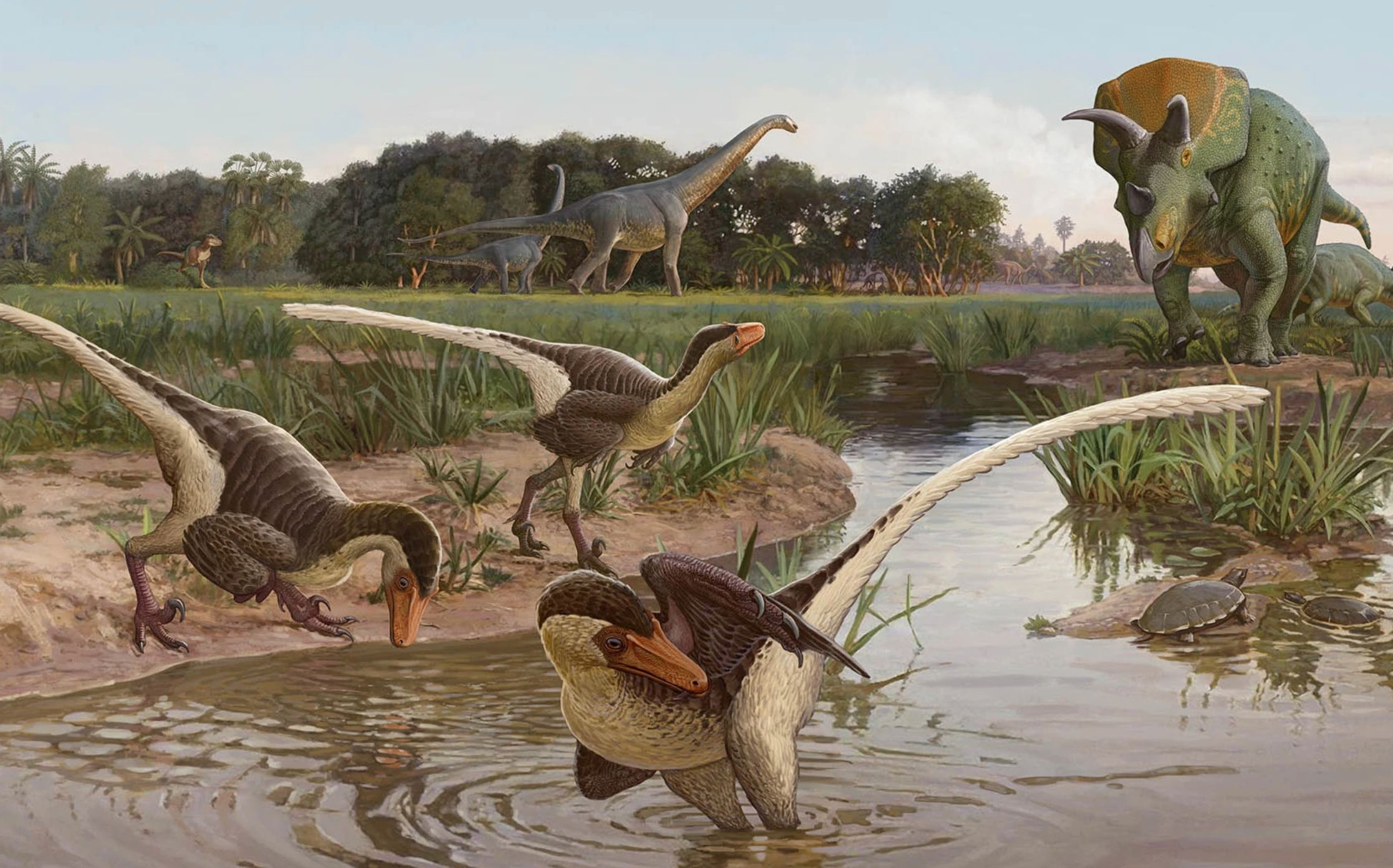
Proving that raptors once roamed a much more extensive area in the waning days of the dinosaurs, a recent discovery in the Ojo Alamo Formation in New Mexico has unearthed a pint-sized predator that belongs to the same family of razor-taloned carnivores seen in the Jurassic Park and Jurassic World films.
Due to their thin airy bones, raptor remains are highly prized among paleontologists and are considered some of the scarcest fossils on the planet Earth. Scientists officially named the creature Dineobellator notohesperus in a revealing research paper published this week in the online journal Scientific Reports.
This fortuitous discovery was first spotted back in 2008 by study co-author Robert Sullivan when he recovered a single raptor (dromaeosaurid) claw amid a scattered field of more fossils.
"The initial discovery did not look like much, some highly broken fossil bone fragments weathering out of a hillside," lead study author Dr. Steven Jasinski, a paleontologist at the State Museum of Pennsylvania, told SYFY WIRE. "Among the initial fragments, however, was the hand claw from a theropod dinosaur. We knew this could be an important fossil, but we needed more material to be certain of its identity. So we went back the next year to the same hillside and found more fragments coming out the hillside which we collected. We ended up going back two other field seasons and collected yet more material."
Over a decade later, after extensive research, Dr. Jasinski and his colleagues verified that these primeval remains indicated an entirely new species of agile, small raptor that roamed what is now southern North America 68 to 70 million years ago, just before the cataclysmic asteroid wiped out the dinosaurs.
"Throughout this time we slowly worked to clean the fossils we collected and piece them back together in a sometimes incredibly frustrating three-dimensional puzzle," he adds. "We were eventually able to piece back quite a few bone fragments, allowing us to identity quite a few bones, over 20. There is also a chance that more of Dineobellator will still come out the hillside, so we will keep checking during our field seasons and hope to find more."
Over the years, as Jasinski and his team gained more material, they got a clearer picture of exactly what this dinosaur was and, just as importantly, how it differed from others.
"Features in the forelimb, or arm, suggest this dinosaur had more efficient muscles, which could have allowed for stronger flexion," he explains. "Features on the claws of the hands and feet, namely for muscle and tendon attachment, suggest this dinosaur had greater gripped and grasping ability relative to other dromaeosaurids.
"While dromaeosaurids in general had long, stiff tails that were reinforced with bones and tendons. This tail acted to balance the animal as it ran, allowing dromaeosaurids to attain high speeds. However, unlike other dromaeosaurids, Dineobellator had special vertebrae at the base of the tail, near the hips, that made that portion of the tail highly mobile. This suggests the overall tail could remain straight but be moved around quickly at its base. Think of a cheetah chasing a gazelle."
Measuring approximately three feet long and possessing dexterous clawed digits and a long tapered tail, the meat-eating creature hunted in the fertile prehistoric plains of the Late Cretaceous. A gouged area on the claw could indicate that the New Mexico specimen sparred with another similarly-sized predator or a clash with another Dineobellator over territory, resources, or a potential breeding partner.
"An injury to a rib suggests this animal was injured but managed to survive and allow the injury to heal," Jasinsky notes. "The gouge and puncture mark matches the shape and size of the claws of Dineobellator. This suggests a fight between two Dineobellator. This further suggests Dineobellator was a dynamic, swift, agile predator. Dineobellator is most closely related to other dromaeosaurids from Asia."
"This suggests that dromaeosaurids from Asia migrated to North America in the Late Cretaceous, and further diversified into new species until the end of the Cretaceous. Dineobellator shows us that dromaeosaurids were more diverse than we previously believed, and were still evolving right up to the end of the Cretaceous. It seems dromaeosaurids, like many other dinosaurs, were doing rather well until the mass extinction that killed off the non-avian dinosaurs."
